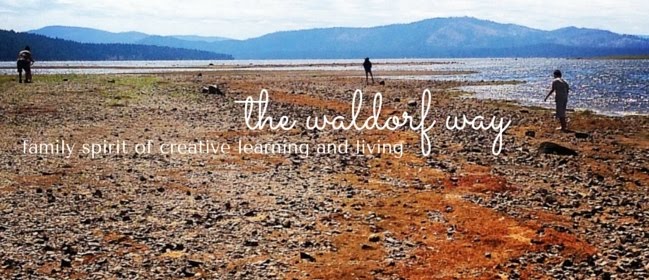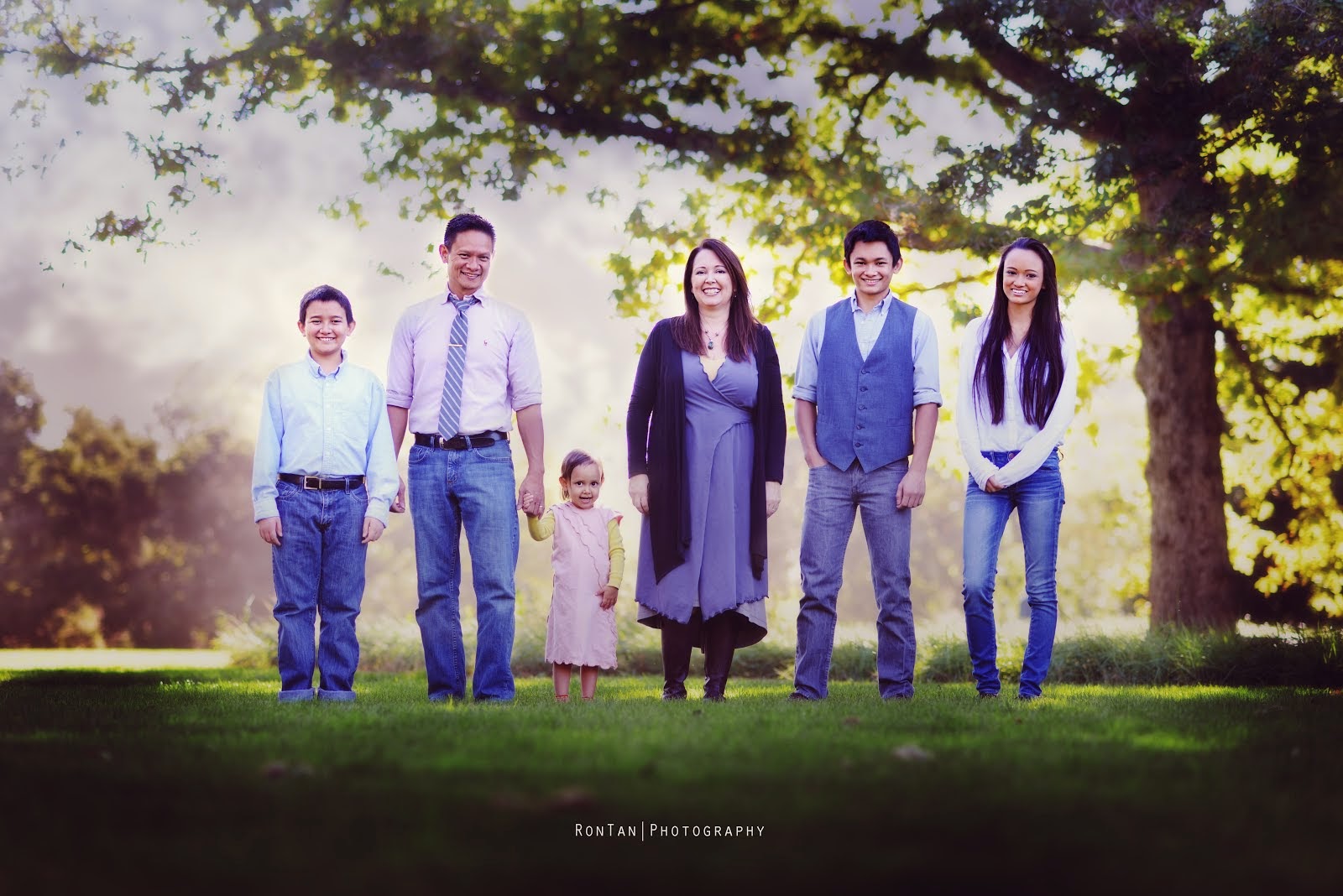"Spiritual science, by its inherent character and tendency, has the task of providing a practical concept of the world - one that comprehends the nature and essence of human life."
-- from The Education of the Child, Steiner, chapter 1, page 3
Steiner gets right down to business and describes the major points of spiritual science, stating that "a spiritual-scientific insight into the being of humankind must provide the most fruitful and the most practical means for the solution of the urgent questions of modern life." (chapter 1, page 4) He does so because he offers spiritual science as a means of answering the problematic questions of modern education.
According to spiritual science, the human being has four aspects: the physical body, the etheric body, the astral body, and the I.
The physical body is that which contains the same minerals as those of other earthly organisms, regulated by the same laws of physics, mixing, combining, and dissolving with other substances.
The etheric body corresponds in shape to the physical body and that which can be referred to as the vital force or life force, producing the phenomena of reproduction, growth, and other physiological functions. Basically, it is what gives the physical body the mysterious juice to power up its processes.
The astral body is the sentient body, sensing the environment, the "vehicle of pain and pleasure, of impulse, craving, passion, and so on..." (page 8) It does not correspond in shape to the physical body, instead reaching beyond its corporeal boundaries, kinda like an aura but not really, described by Steiner as an "elongated ovoid form in which the physical and etheric bodies are embedded." (page 9)
The I body is the higher soul of the human being. What sets the human I apart from all the other aspects is that it is not shared with any other organism. In fact, it is not even shared with another human being. When one says "I," it refers to only that one individual and no one else.
Steiner further describes each aspect in relation to other earth creatures. The physical body is shared with other mineral-based organisms such as earth elements, plants, and animals. The etheric body is shared with plants and animals, things that maintain homeostasis. The astral body is shared only with other animals, not plants, since, according to Steiner, plants do not have sentient perceptions as animals do. (I did see in an episode of Mythbusters that plants may actually respond to human thoughts and may have feelings.) And the I body is shared with no other being than the one individual.
The fantastic four aspects of the human being organizes the complexity of our make up. But we are not static creatures, satisfied with simply having these reside within us. By nature, we are always striving for transformation. Steiner goes on to explain that the products of transforming these four aspects are as follows: the astral body, through the I, becomes the sentient soul; the etheric body becomes the intellectual soul; and the transformed physical body becomes the spiritual soul.
How is all this connected with the education of a child? To be an effective educator, one must know the qualities of the human being, the developmental stages, the idiosyncracies of the human mind, body, and spirit. Investigating the four aspects, delineating the what and when of their formations, brings the educator closer to truly serving the child in the best possible way.
The rest of the book, which I have yet to read, most likely will reveal how the fantastic four applies to education and how I can use this knowledge to be an awesome Waldorf teacher!



